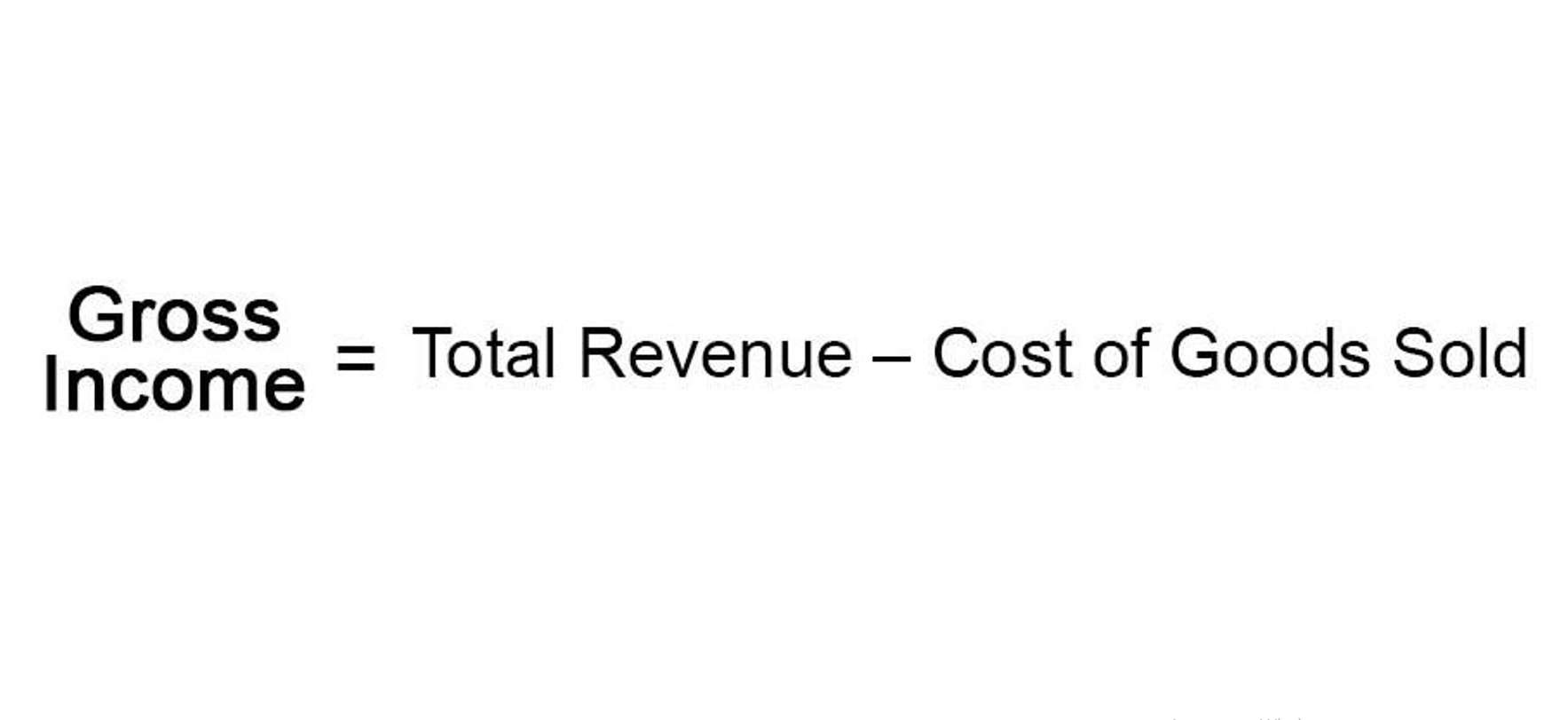
A custom furniture shop constructs a bespoke cabinet using 10 boards of wood and 20 handles. Multiply the quantities by the unit prices to get the costs for wood ($150) and handles ($40). Adding these gives a total direct material cost of $190 for the cabinet. A bakery produces 500 loaves of bread, requiring 250 kg of flour and 50 liters of oil.
best practices when calculating direct materials use
- Standard direct material usage refers to the amount of materials allowed to be used per unit produced.
- Apply the FIFO (First-In, First-Out) method to accurately assess the cost of inventory used.
- Keep a close eye on raw material costs; they sway how much you spend on making products.
- Direct Materials Cost is the cost of materials purchased directly in order to manufacture a product or provide a service.
- Calculating direct materials used is crucial for maintaining efficiency in production and inventory management.
- Being adept at this calculation not only aids in better inventory management but also enhances cost control and pricing strategies.
- In such cases, expenses such as import duties, sea or air freight, marine insurance, and clearing charges are incurred.
Companies should purchase materials when demand is expected to exceed supply in order to avoid any delays or disruptions in the production process. These costs can be calculated by adding up the cost of all components and dividing by the number of units produced. These materials come with price tags that help decide how much making something will cost. They change if you make more or less of something, which is why we call them variable costs.
Direct Materials Price Variance
Sourcetable simplifies this process through its AI-powered capabilities. By inputting basic data about your material costs and usage, Sourcetable’s AI assistant provides precise and instant calculations. This feature is essential for accurate budgeting and efficient resource management. Direct materials are the raw materials directly used in the production of a product.
How is direct materials price variance calculated?

A direct materials budget is an important budgeting tool for businesses that make their own inventory. Drafting one will help you determine how much material is required to satisfy the production budget. But you must be sure you prepare it carefully with precise calculations. Failure to do so will result in overestimating or underestimating your costs. Different methods like FIFO (First-In, First-Out), LIFO (Last-In, First-Out), and the weighted average can be used to value the inventory. The choice of method can affect the calculation of the closing inventory’s total cost, which is crucial for accurate direct materials used calculation.


These purchases are crucial to figure out the cost of direct materials used. Smart buying keeps production costs down and helps factories run smoothly. The opening direct material inventory is determined by the stock of raw materials at the beginning of an accounting period. The closing direct material inventory is the count of the inventory left in the store at the end of the trading period.
Calculating the Cost of Materials Used in Production
Good control over this step leads to better material usage and manufacturing efficiency. Now, let’s move on to best what are retained earnings practices when calculating direct materials use. To calculate direct materials used, you start with your beginning direct material inventory. This is all the raw materials you have at your production’s kick-off. Think of it like the ingredients a chef has before starting to cook. The difference between the expected and actual cost incurred on purchasing direct materials, expressed as a positive or negative value, evaluated in terms of currency.

When should a company purchase materials for its direct materials cost?

This method simplifies calculating the total cost at the end of the trading period. The calculation of direct materials used is crucial for accurately gauging manufacturing costs and inventory management. https://www.facebook.com/BooksTimeInc This concise guide details the method for determining the cost of direct materials used in production.
- The most common ways of accounting for WIP manufacturers are LIFO and FIFO.
- For a direct experience, you can try it at app.sourcetable.com/signup.
- Be aware that direct materials costs can fluctuate significantly due to changes in purchasing conditions and manufacturing efficiency.
- They are often estimated using standard costing techniques to facilitate budgeting and financial planning.
Best Wholesale Distribution Software for Small Businesses
This comprehensive total reflects the complete expense incurred to acquire and manage the materials. Knowing how to figure out the cost of direct materials used is key for any business. It helps you keep total manufacturing cost formula track of your inventory and stops you from spending too much.
